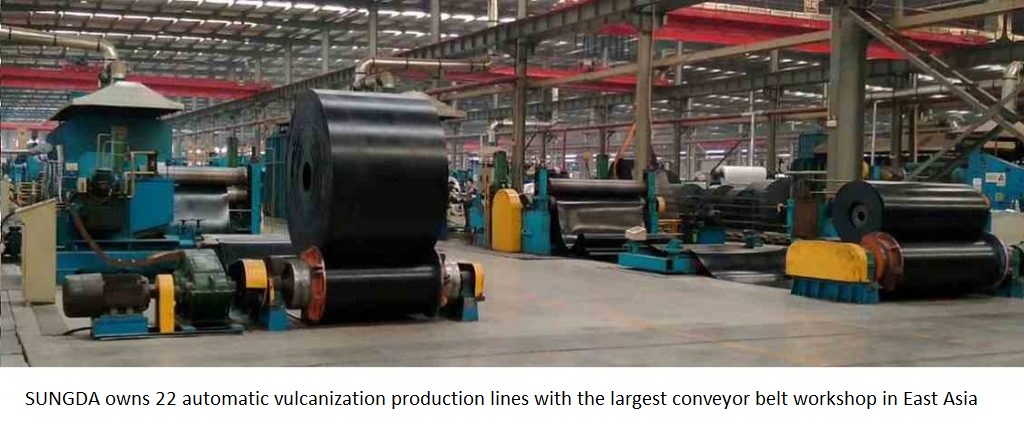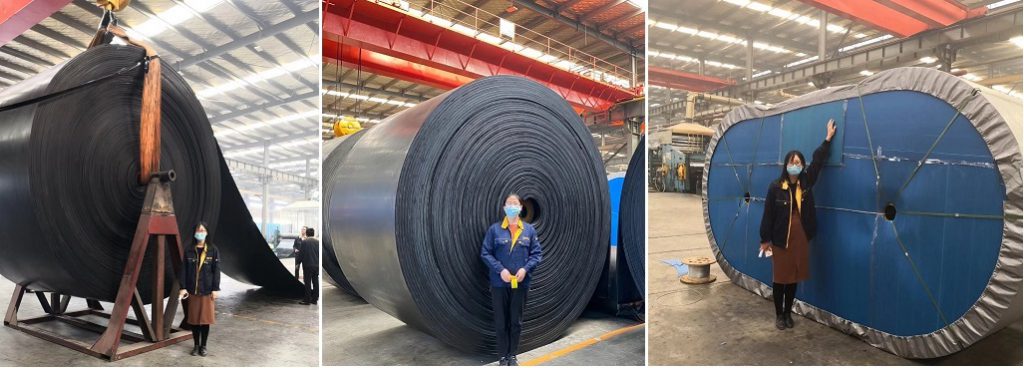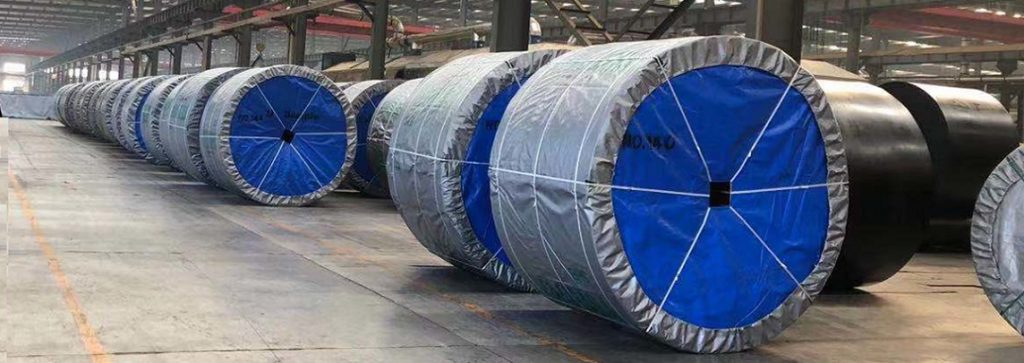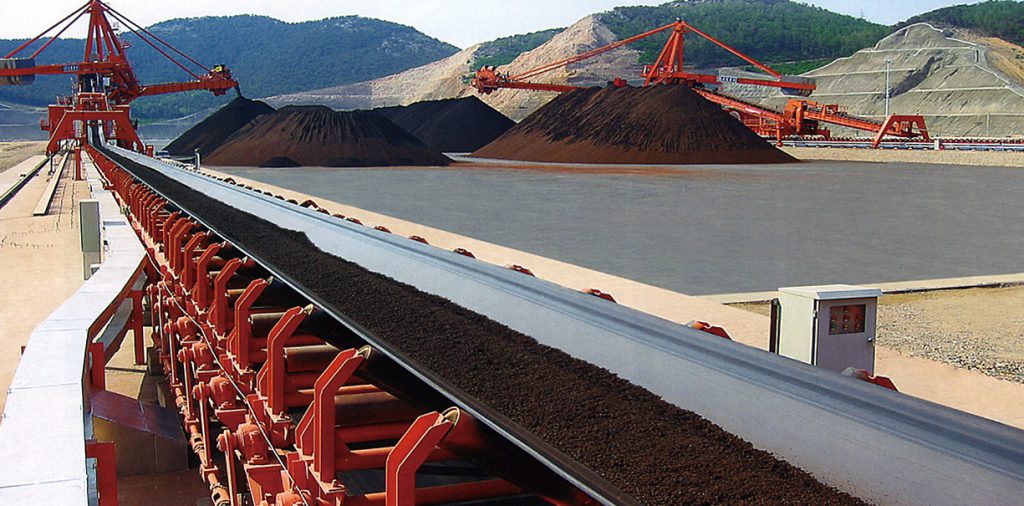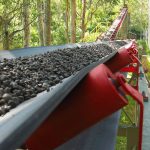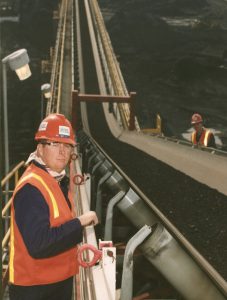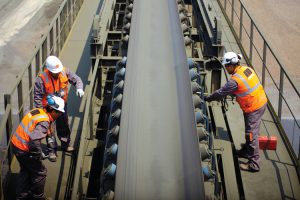Choosing the belt speed of the conveyor belt in this way can reduce the cost by 40%
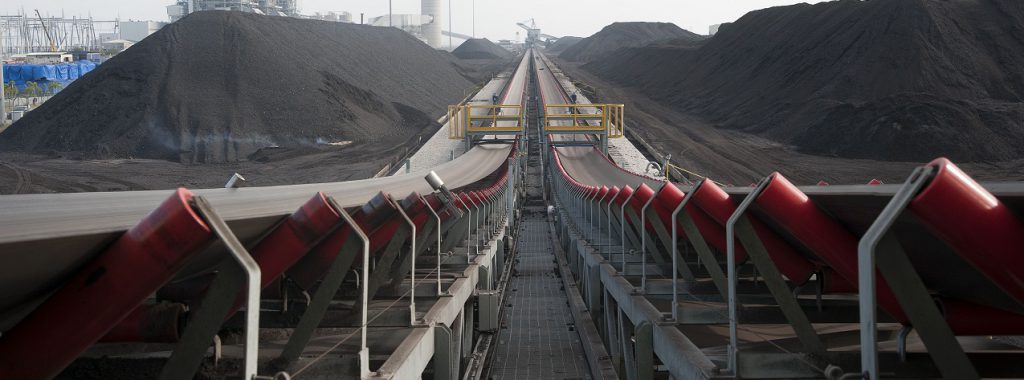
As the carrier of bulk material transportation, conveyors are widely used in the field of bulk material transportation due to continuous and stable material transportation, large transportation volume, long transportation distance, safe and reliable logistics, strong environmental adaptability, low manufacturing, installation and transportation costs.
Under the circumstance of certain transportation volume and manufacturing technology, the main factors affecting conveyor manufacturing and operating costs are bandwidth, belt strength, drive equipment configuration, rollers, rollers and various supports. The differences in these factors result in differences in drive power. , And all factors are closely related to belt speed. In the design of a belt conveyor, the only parameter that can be determined subjectively is the belt speed. Whether the belt speed is determined reasonable or not directly affects the technical and economic performance of the conveyor.
(1) The relationship between conveyor belt speed and bandwidth
Statistics show that in the equipment investment of the belt conveyor, the price of the conveyor belt accounts for about 40%, so reducing the bandwidth is very beneficial to reducing the investment in conveyor equipment.
(2) The relationship between conveyor belt speed and conveyor belt strength
The higher the belt speed, the lower the running resistance of the conveyor, and the lower the maximum tension of the conveyor belt, so the strength of the conveyor belt is also reduced. The size of the supporting brackets is reduced, and the economic performance is significantly improved.
(3) The relationship between conveyor belt speed and driving device
As the belt speed is increased, the running resistance of the conveyor belt is reduced, so the output torque and reduction ratio of the reducer are reduced, the mechanical input power and thermal transmission power of the reducer are relatively increased, the selection specifications of the reducer are reduced, and the conveying equipment is reduced. invest.
(4) The relationship between conveyor belt speed and roller speed
The conveyor design standard stipulates that the application speed of the idler roller should not exceed 750r/min. In order to improve the reliability and service life of the conveying equipment, most conveyor design manuals recommend that the idler speed should not exceed 600r/min. When the roller speed exceeds 600r/min, a higher grade roller should be selected, which will increase the investment in conveying equipment and increase the running resistance. At present, there are 6 kinds of rollers of commodity specifications, namely Φ89mm, Φ108mm, Φ133mm, Φ159mm, Φ194mm and Φ219mm. Experiments show that every time the belt speed increases by 1m/s, the idler must be increased by one level, which is not good for saving equipment investment. But it is very obvious to improve the comprehensive economic performance of the conveyor.
(5) The relationship between conveyor belt speed and roller
Increasing the belt speed, reducing the width and strength of the conveyor belt, and reducing the size of the matching roller, is very beneficial to reduce investment.
Of course, the factors that affect the selection of belt speed are not only the transportation volume and distance, such as: material size, conveyor inclination, environmental wind speed, soft start and soft parking device performance, etc., all have a direct impact on the selection of belt speed, because the materials follow the conveyor belt In the process of running between the two rollers, the material changes periodically with the sag, resulting in acceleration in the direction of the vertical conveyor belt. The higher the conveyor belt running speed, the greater the material acceleration. When the direction of acceleration of the conveyor belt and the material is opposite, the material will have a tendency to project. When the inertial force of the material is greater than the sum of its own weight and adhesion, the material will leave the conveyor belt. With the increase of the particle size and the inclination of the conveyor, the material rolling phenomenon becomes more serious. When the friction between the materials is less than the wind resistance, the materials will float and cause environmental pollution. Therefore, when the environmental wind speed is reverse to the conveyor, the higher the wind speed, the belt speed should be appropriately reduced.
This paper discusses the important position and role of belt speed in conveyor design, qualitatively analyzes the relationship between belt speed and conveyor technical and economic performance from the perspective of theoretical calculation, and draws the trend of technical and economic performance changing with belt speed. In the specific design, the belt speed should be reasonably determined, and the comprehensive technical and economic performance of the conveyor should be used to compare and select multiple belt speed schemes to screen out the best economic belt speed.
Tags: conveyor belt speed

